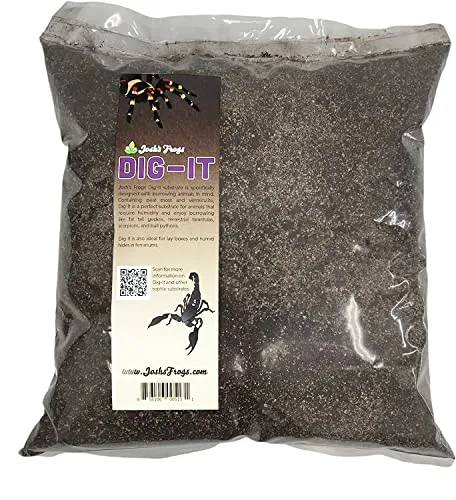What is Tarantula Substrate
Tarantula substrate is essentially the bedding material that lines the bottom of your tarantula’s enclosure. It serves multiple crucial roles, from providing a comfortable and safe environment for your spider to regulating humidity and allowing for natural behaviors such as burrowing. Choosing the right substrate is a critical aspect of tarantula care, directly impacting your pet’s health, well-being, and overall quality of life. It is more than just a visual element; it’s a functional necessity that must meet the specific needs of your tarantula species.
Why Is Substrate Important For Your Tarantula
The substrate is vital for several reasons, creating an environment that mimics the tarantula’s natural habitat. This is extremely important for the tarantula’s physical and psychological health. The right substrate assists in moisture regulation, which is critical for the molting process. When tarantulas molt, they shed their exoskeletons, a process that requires adequate humidity to ensure the new exoskeleton forms correctly. Moreover, the substrate allows tarantulas to engage in natural behaviors like burrowing, providing a sense of security and reducing stress.
Moisture Regulation
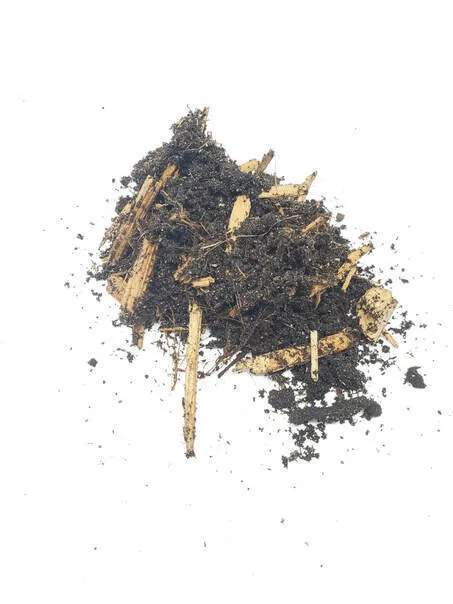
Maintaining the correct humidity levels is one of the primary functions of the substrate. Different tarantula species have varying humidity requirements. Substrates such as coconut fiber and peat moss excel at absorbing and retaining moisture, which helps to maintain the necessary humidity levels within the enclosure. By regularly misting the substrate and monitoring the humidity, you can ensure your tarantula’s well-being, especially during the molting phase, which is essential for their survival. The substrate will also help prevent dehydration.
Burrowing and Enrichment
Many tarantula species are burrowers by nature. A substrate that allows them to dig and create burrows provides a crucial form of enrichment. This natural behavior reduces stress and contributes to their overall well-being. When choosing a substrate, consider the needs of your specific tarantula species. Some species prefer deep burrows, while others may only partially bury themselves. The substrate should be deep enough and of a consistency that allows for easy burrowing. The deeper the substrate, the more the spider will feel secure. (Image: tarantula digging burrow.webp)
Choosing the Right Substrate
Selecting the best substrate depends on several factors, including the species of your tarantula, its size, and its specific environmental needs. Researching the natural habitat of your tarantula is the first step. This will give you a good idea of the type of substrate it prefers and the humidity levels it needs. Consider the substrate’s ability to retain moisture, its ability to allow for burrowing, and its overall safety. Materials must be free of pesticides and harmful chemicals. Always prioritize the health and well-being of your tarantula when choosing its substrate. (Image: tarantula substrate types.webp)
Substrate Materials Explained
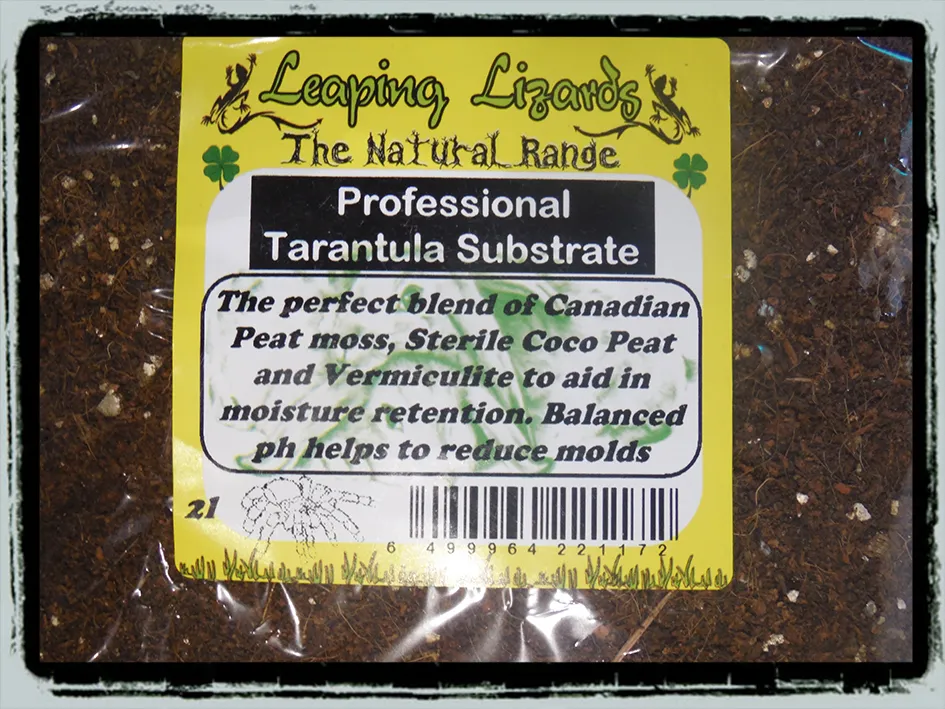
Several different substrate materials are suitable for tarantulas. Each has its own advantages and disadvantages, so understanding the properties of each material is essential. Common options include coconut fiber, peat moss, topsoil, vermiculite, and perlite. Many keepers choose to mix different materials to create a substrate that best meets their tarantula’s needs. The choice often comes down to a balance of moisture retention, burrowing capability, and ease of maintenance.
Coconut Fiber (Eco Earth)
Coconut fiber, also known as Eco Earth, is a popular substrate choice made from the husks of coconuts. It is readily available, relatively inexpensive, and has excellent moisture-retention properties. It’s a natural, biodegradable option that is safe for tarantulas, especially those that need higher humidity levels. Its ability to hold moisture makes it a good option for tropical and rainforest species. The substrate also allows for some burrowing activity and provides a naturalistic appearance. (Image: tarantula substrate coconut fiber.webp)
Pros of Using Coconut Fiber
- Excellent moisture retention, ideal for humid environments.
- Natural and biodegradable, environmentally friendly.
- Relatively inexpensive and easy to find.
- Provides a naturalistic appearance.
- Allows for some burrowing activity.
Cons of Using Coconut Fiber
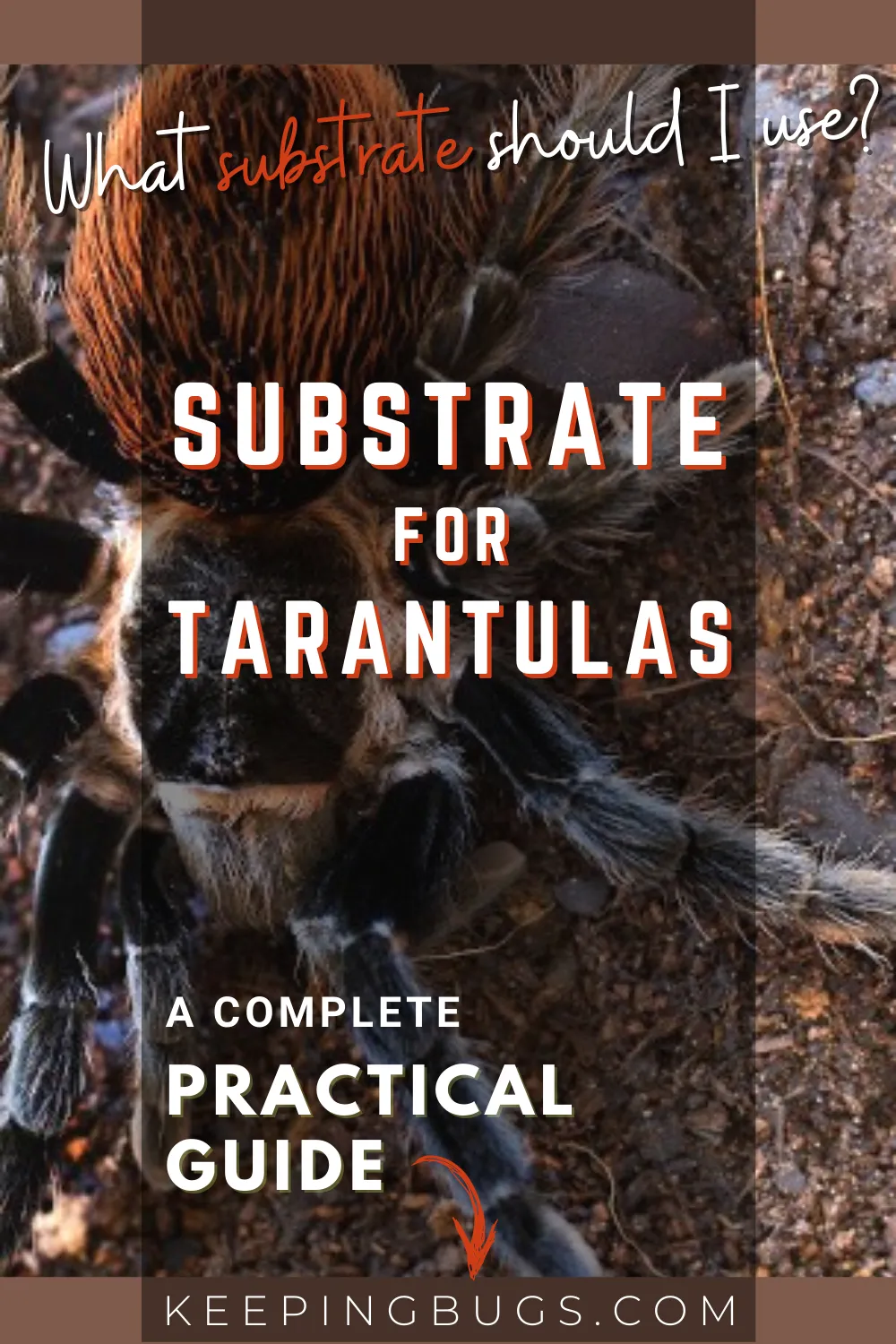
- Can be dusty if not properly rinsed.
- May mold if over-saturated and not properly ventilated.
- Can sometimes be difficult to clean thoroughly.
- May not be suitable for desert species needing very dry conditions.
Peat Moss
Peat moss is another good option, a natural substrate derived from partially decayed plants found in peat bogs. It offers good moisture retention and can create a slightly acidic environment, which some tarantulas prefer. Peat moss is often used in combination with other substrates to create a suitable mix. It is generally safe for tarantulas but should be sourced from reputable suppliers to ensure it is free of pesticides or other contaminants. (Image: tarantula substrate peat moss.webp)
Pros of Using Peat Moss
- Good moisture retention.
- Creates a slightly acidic environment, suitable for some species.
- Relatively inexpensive.
- Allows for burrowing.
Cons of Using Peat Moss
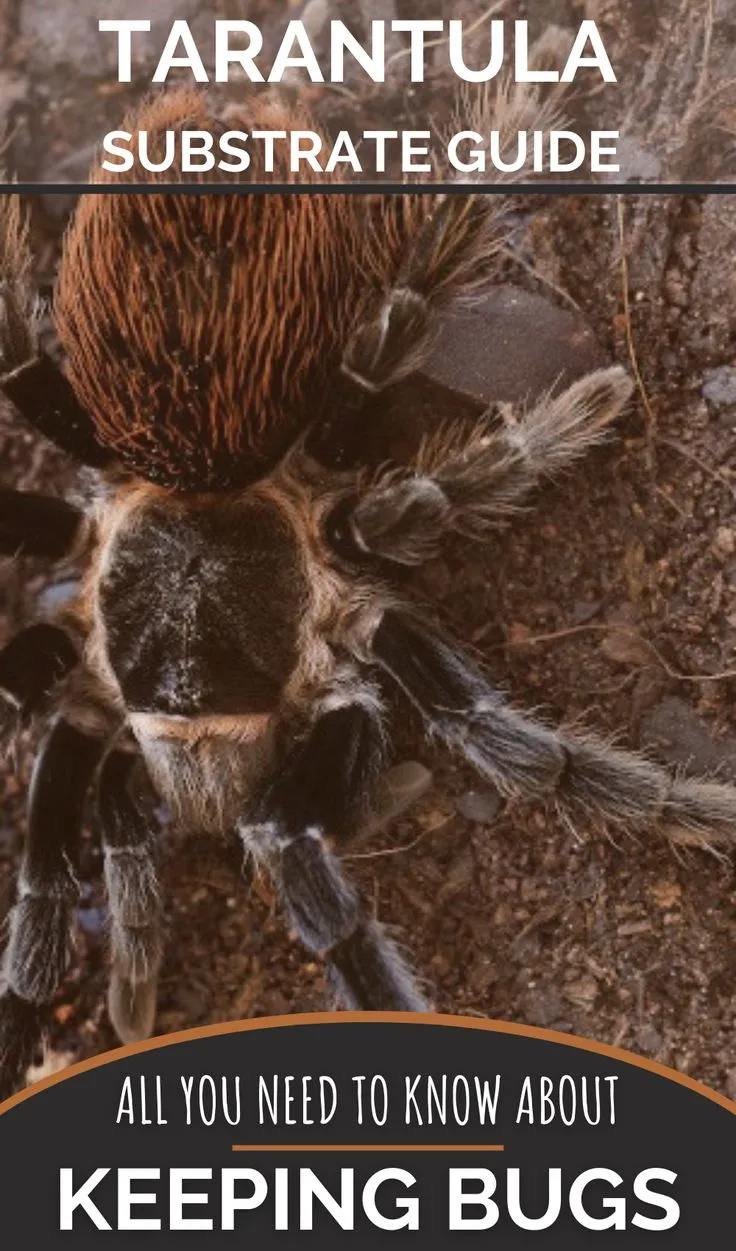
- Can be dusty when dry.
- May mold if over-saturated.
- Can compact over time, reducing its burrowing ability.
- May not be the best choice for very dry environments.
Topsoil
Topsoil, especially organic topsoil free of fertilizers and additives, can be a good substrate choice for tarantulas, particularly terrestrial species that enjoy burrowing. It provides a naturalistic environment and allows for deep burrows. Topsoil should be baked or otherwise sterilized to remove any potential pests or pathogens before use. Be careful when using topsoil to avoid the use of fertilizers or pesticides. (Image: tarantula substrate topsoil.webp)
Pros of Using Topsoil
- Allows for excellent burrowing.
- Provides a naturalistic environment.
- Generally affordable.
Cons of Using Topsoil
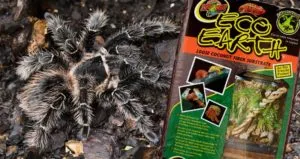
- Can be messy.
- May need to be sterilized before use.
- Can compact over time.
- Can retain too much moisture if not used correctly.
Vermiculite and Perlite
Vermiculite and perlite are often used to improve aeration and drainage in substrates. Vermiculite is a mineral that absorbs and retains moisture, while perlite is a volcanic glass that improves drainage. They are often mixed with other substrates to provide better moisture control and aeration. While not typically used as a primary substrate on their own, they can be a valuable addition to a substrate mix. (Image: tarantula substrate vermiculite.webp)
Pros of Using Vermiculite and Perlite
- Improve aeration and drainage.
- Vermiculite retains moisture.
- Can be mixed with other substrates.
Cons of Using Vermiculite and Perlite
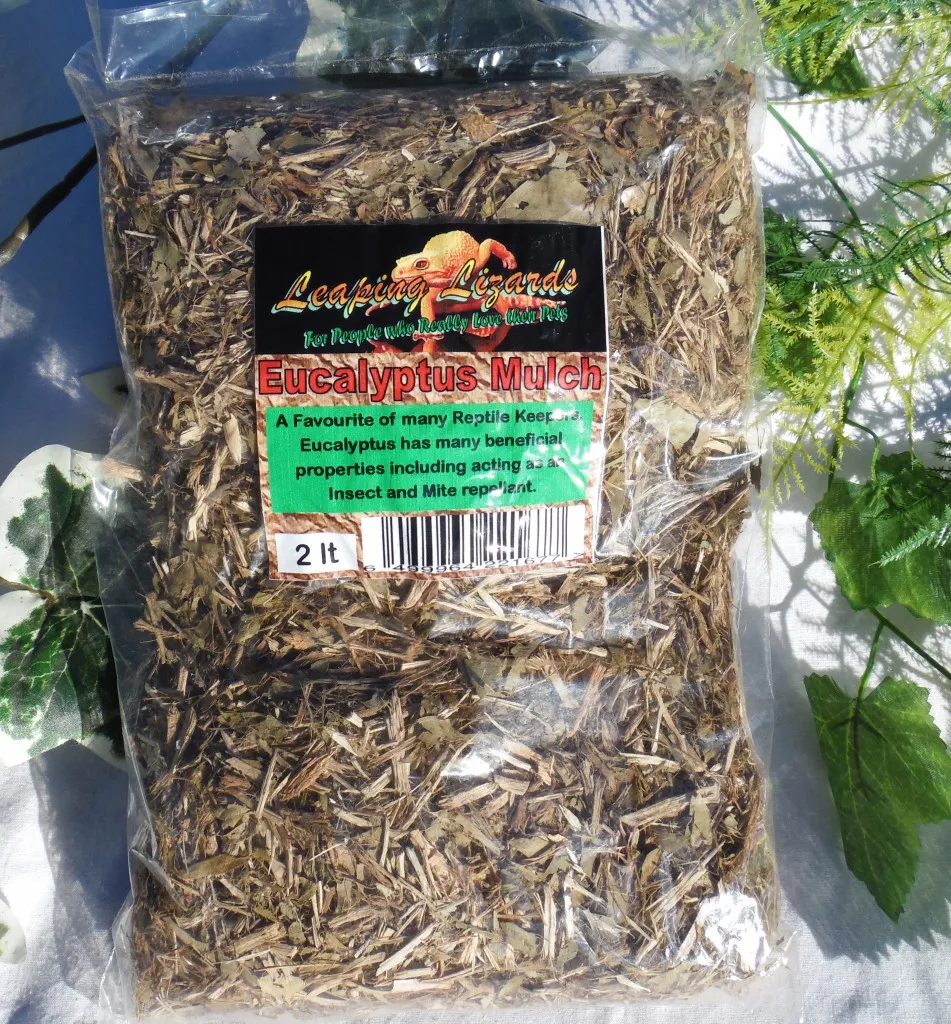
- Not suitable as a primary substrate.
- Can be dusty if not handled carefully.
- Perlite can sometimes float to the surface when watered.
Other Substrate Options
Other substrate options include sphagnum moss, which is excellent for retaining moisture, especially in humid environments, and sand, which is suitable for desert species. The best option usually involves a combination of different substrates. For example, a mix of coconut fiber and peat moss can provide good moisture retention and burrowing capabilities. A mix of topsoil and sand may be ideal for desert species. Always consider the specific requirements of your tarantula species when choosing a substrate combination.
Substrate Layering Techniques
Layering the substrate can provide different moisture gradients and enhance the natural environment within the enclosure. A common technique involves placing a drainage layer at the bottom, such as gravel or clay pebbles, to prevent the substrate from becoming waterlogged. The main substrate layer goes on top of the drainage layer. Additional layers of sphagnum moss or leaf litter can provide different microclimates within the enclosure. This setup allows your tarantula to choose areas with varying humidity levels.
Creating a Suitable Environment
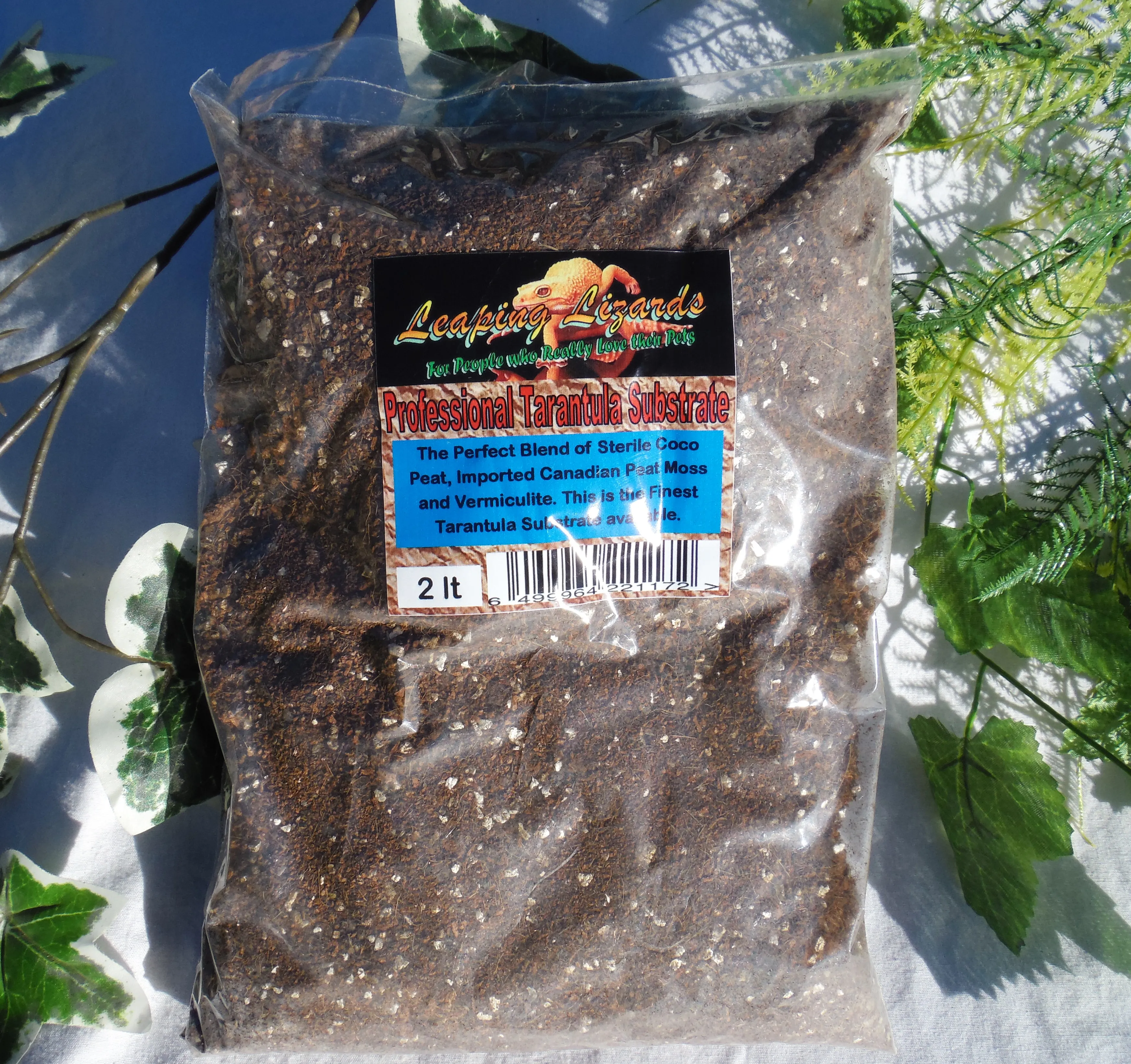
Aside from the substrate, other environmental factors such as temperature, ventilation, and the presence of hiding places are essential for tarantula well-being. Temperature should be appropriate for the species, typically maintained with a heat source like an undertank heater or a heat lamp. Ventilation is crucial to prevent the buildup of harmful gases and to maintain air quality. Provide your tarantula with hiding places, such as cork bark or artificial hides, to make them feel secure. Ensure there is fresh water available at all times.
Maintenance and Care
Proper maintenance of the substrate and the enclosure is crucial for a healthy environment. This includes regular cleaning, monitoring moisture levels, and replacing the substrate as needed. Inspect the substrate regularly for mold or excessive moisture. Remove any uneaten food or fecal matter promptly to prevent the growth of bacteria or mold. The frequency of substrate replacement depends on the type of substrate and the species of the tarantula. (Image: tarantula healthy spider.webp)
Monitoring Moisture Levels
Monitoring moisture levels is essential to ensure the health and well-being of your tarantula. You can use a hygrometer to measure the humidity levels in the enclosure. The humidity requirements vary by species. You can mist the substrate with water to increase humidity. Avoid over-saturating the substrate. Overly wet conditions can lead to mold growth and health issues. Substrate should be damp, not soaked. (Image: tarantula substrate moisture meter.webp)
Regular Cleaning and Replacements
Regular cleaning involves removing any uneaten food, molted exoskeletons, and fecal matter. Spot-clean the enclosure as needed. Full substrate replacement is necessary periodically, typically every 6–12 months, depending on the substrate type and the activity of the tarantula. Before replacing the substrate, remove the tarantula to a temporary enclosure. Clean and disinfect the enclosure thoroughly before adding fresh substrate. This ensures a healthy environment and prevents the buildup of harmful bacteria or mold. (Image: tarantula healthy spider.webp)
Troubleshooting Common Substrate Issues
Several issues can arise with tarantula substrate. Mold growth can be a common problem, especially in humid environments. It can be caused by overwatering or poor ventilation. If you notice mold, remove the affected substrate immediately and improve ventilation. Compacted substrate can reduce burrowing ability and hinder the spider’s natural behaviors. Replace compacted substrate as needed. Pests, such as mites, can sometimes infest the substrate. If you notice pests, replace the substrate, and consider sterilizing any new substrate before use. Regularly inspecting the substrate and enclosure will help you detect and address these issues before they affect your tarantula’s health.
In conclusion, selecting the right substrate for your tarantula is an essential component of providing proper care. Understanding the different substrate options, their properties, and the needs of your specific tarantula species will help you create a thriving environment that supports the health, safety, and overall well-being of your pet. Regular maintenance and careful monitoring are critical for maintaining a healthy and enjoyable habitat for your tarantula. Prioritize research, observation, and responsible pet ownership to create the best possible living space for your fascinating arachnid companion.
